A Look Back at the PSP Legacy
In December 2004, Sony launched the PlayStation Portable (PSP) in Japan, marking its first significant entry into the dedicated handheld console market.
Over the years, the PSP has become a strong competitor in the portable gaming space. Articles at TheGamer reflect on how the system “changed handheld gaming forever”.
The console’s library featured standout titles such as Daxter, LittleBigPlanet (PSP version), Grand Theft Auto: Vice City Stories and The Sims 2 (and its Pets expansion) — many of which remain nostalgic favourites.
In short, for many gamers, the PSP era represents a golden time of portable innovation, creative titles and genuine console-quality experiences on the go.
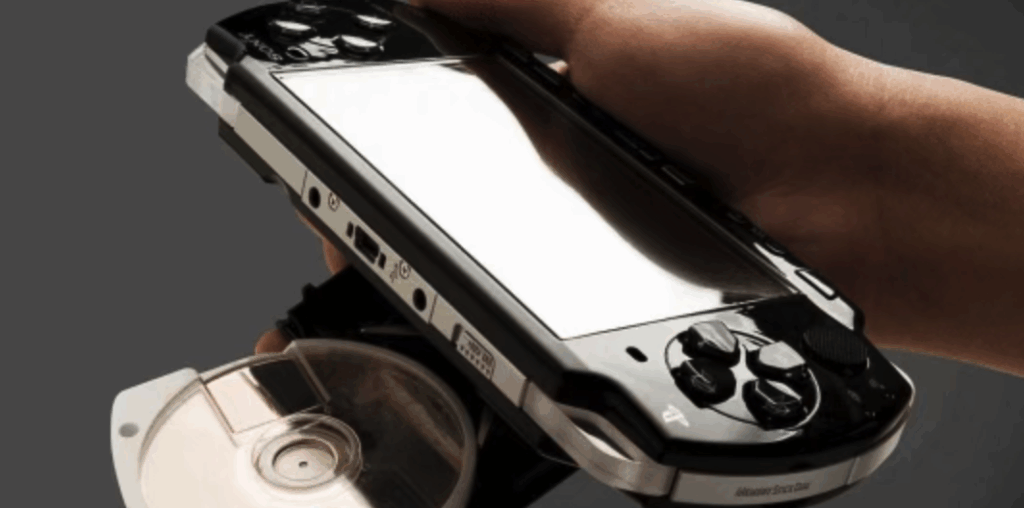
Why the PSP Era Still Matters
- It demonstrated that a handheld could deliver more than casual or mobile-style games.
- It helped broaden the notion of portable gaming beyond mere “on the go” snacking and into fuller experiences.
- It created a base of passionate handheld gamers who still remember the feel of playing big-budget or ambitious games away from the TV.
As one retrospective put it: “the PSP broke cover and changed handheld gaming forever.”
With the handheld market now dominated by the Nintendo Switch and PC-based portables like the Steam Deck or ROG Ally X, there’s a keen sense among many players that the “true” handheld era is still missing its next big leap.
The Hopes for a PlayStation-Branded Handheld
Recently, a series of leaks and rumours suggest that Sony may be preparing a proper successor to the PSP/Vita era — a handheld that isn’t purely a streaming device (like the PlayStation Portal), but one that runs games natively.
- According to Tom’s Guide and others, a “PS6 handheld” device may launch alongside the next-generation console (PlayStation 6). It could resemble Nintendo Switch-style hardware, featuring dockable capabilities, native play, and high specs.
- Leaks published by TweakTown, NotebookCheck, and others suggest specifications such as Zen 6 CPU architecture, RDNA 5 GPU, backward compatibility for PS4/PS5 titles, and a manufacturing node of around 3 nm.
- While Sony officially confirms none of this, the accumulation of credible leaks implies the device is becoming more tangible.
In the words of some players: “I don’t need higher resolution or fancy AI features — I just want a portable good experience.” (paraphrasing)
And if Sony does deliver a handheld that runs titles natively — not just via streaming — it might bring the handheld space back to its former glory and rekindle the kind of excitement that existed during the PSP era.
Why This Matters Now
- Handheld gaming is at an interesting crossroads: the Switch continues to perform very strongly; PC handhelds are growing; mobile remains huge. But dedicated console-handheld devices are fewer.
- For Sony, there is an opportunity: the PSP era demonstrated what can be achieved; the PS4/PS5 era largely left handheld hardware behind in favour of home console and streaming strategies.
- A PS6 handheld (if real) could recast Sony in the handheld space in a meaningful way: a big library, capable hardware, and strong first-party support.
- From a consumer perspective, nostalgia for the PSP era remains a strong sentiment. Players remember that time when you could carry a “console in your hands” and still play deep, ambitious games.
Key Takeaways
- The PSP’s 20th anniversary is sparking reflections on how important the system was for handheld gaming.
- Rumours of a PS6-era handheld device are gaining credibility, suggesting that Sony may be preparing to re-enter the portable hardware market.
- If the device is indeed native-play (not just cloud/streaming), it could shift the handheld market again — offering competition not just to Switch, but to PC-based portables.
- For players who grew up on the PSP and its library, the hope is: let’s have “the feeling again” — of picking up a high-quality handheld, plugging in a good game, and knowing you’re not compromising just because you’re away from home.

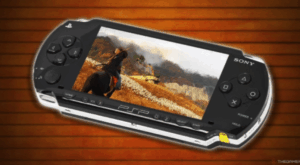



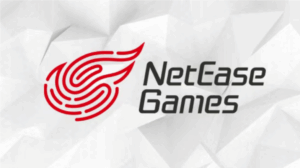
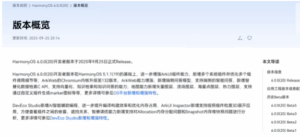
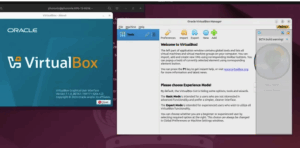
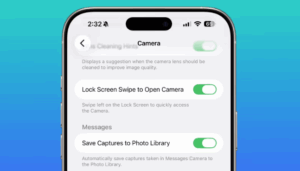

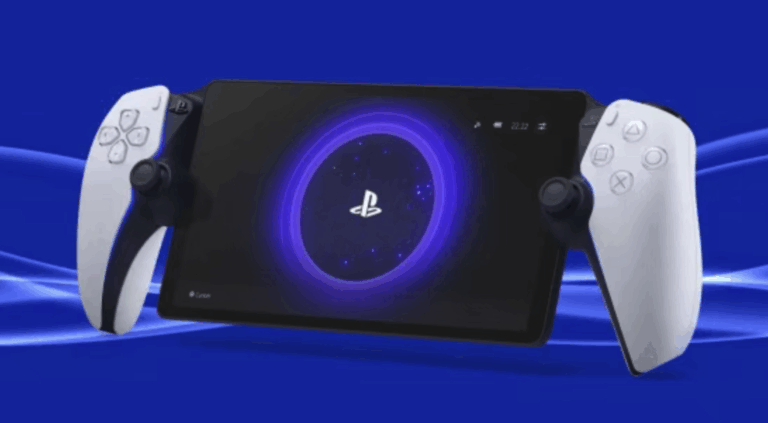
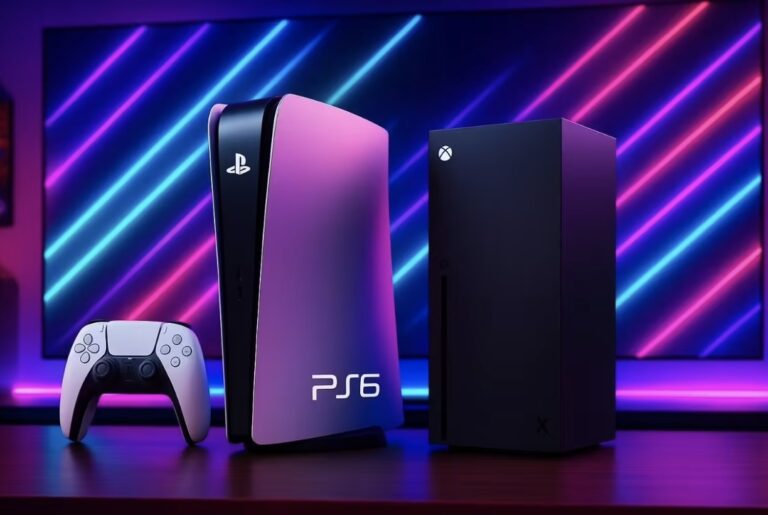
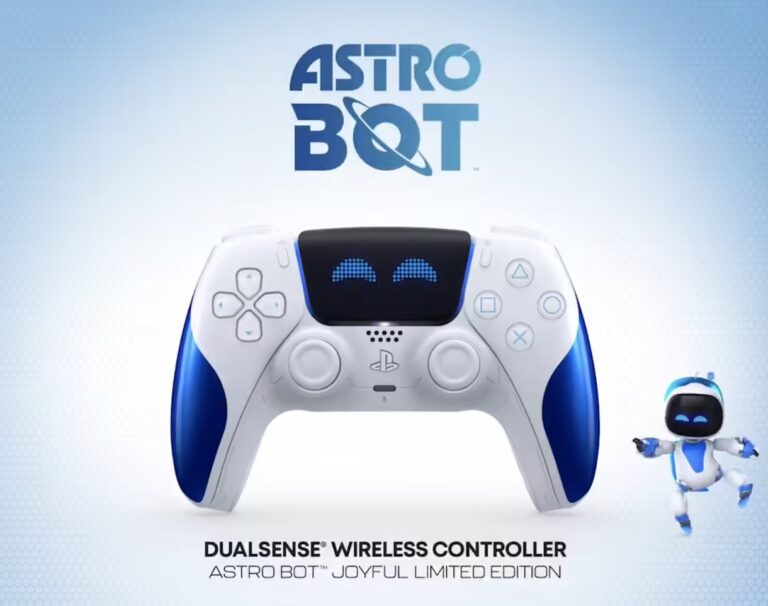



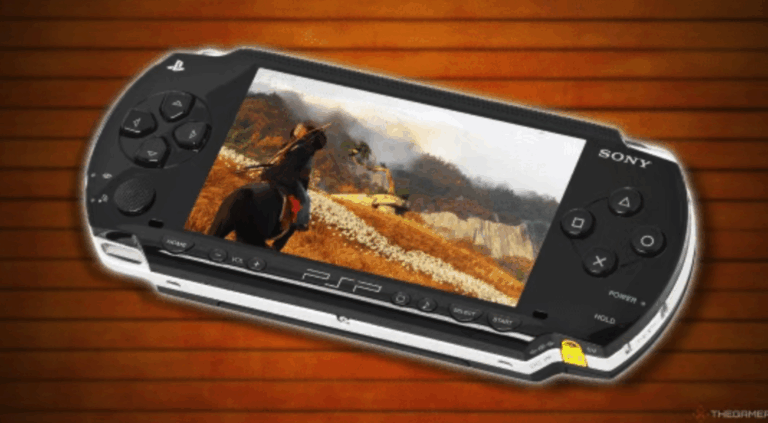

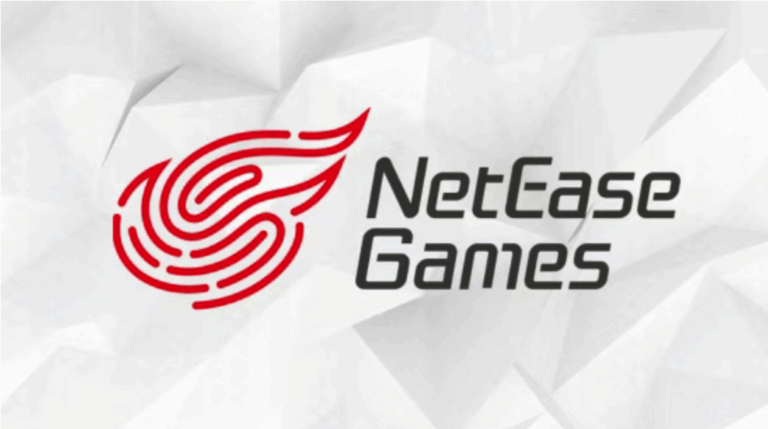
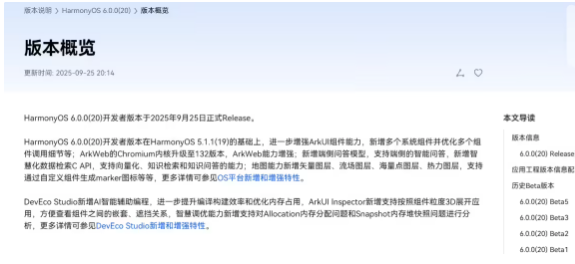
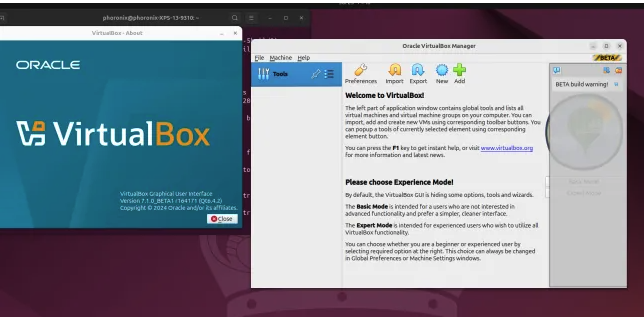
+ There are no comments
Add yours